The Best Camera Lens for Beginners
When you get asked a specific question enough times, it makes you realize a blog might be in order! I have been asked by friends, by Dad’s during family sessions, or teenagers who are curious about photography, “What’s the best camera lens for beginners?”
Below are the links I always send to people, with some info on why!
Disclaimer- yes, the links included here are affiliate links- doesn’t cost you any extra, and my small business (me and my family) appreciate it!
Ok, on to the good stuff!
First off, I am a Canon shooter, so all of this info is based off that. I do get, however, that some may be more interested in Nikon (gasp!) so I will link that info at the end as well.
For the most part, when someone decides they want to start photography as a hobby, they look into a kit (thats what I did!). These are popular at Costco and online, and typically come with the most updated Canon Rebel Series (that’s Canon’s novice/entry level camera body series). With that kit comes the camera body, and typically a 18-55mm and a 75-300mm lens. This might be a way for Canon to “beef up” the sale, having it look like you are getting such a deal by getting 2 lenses. Makes sense, right? NOPE! those lenses are basically crap. What photographers sometimes call “throw away lenses”.
Here’s why- as you get more into learning how your camera and lenses work, you will start noticing that when you take photos, they will either tend to be darker than you want, or don’t look as soft/creamy as you had hoped (you know, with the beautiful blurry background you were envisioning?). This is due to the amount of light that that lens is “allowing” in.
Let me tell ya ‘bout my best friend —
Meet the “Nifty-Fifty!” This is the first lens I invested in (which is funny, because at the time, I was shocked at the $125 sticker price…guys, my latest lens cost me $1500…I was so thankful for a more affordable option when I was just starting and had basically zero budget!)
The “Nifty-Fifty” is the Canon 50mm 1.8 lens. Let’s break that down a bit-
50mm is a fixed focal length (also known as a prime lens) which means instead of zooming in and out, you do that by literally walking closer or further away from your subject.
1.8 is the aperture or F Stop, which shows how wide your lens can open.
See how much more light is coming in at f/1.4 than at f/4?
Now, this blog isn’t intended to teach you how to use your camera equipment, but to give you an idea of why buying a camera body and lenses separately is a better investment.
I don’t know about you, but I learn better by SEEING- so I took a photo to show you how shooting at 1.8 (the lowest the 50mm 1.8 goes to) and then at 3.5 (the lowest aperture that a kit lens goes to) and below.
The blurry look in the back ground of the photo is a term called “bokeh”.
With this lens, you have more capability to play with how light or dark you WANT the photo to be, rather than dealing with limitations imposed by the lens itself. This can be a huge help in low light situations or when you want the focus to be on one specific thing in the image rather than the image as a whole.
Bottom line, this lens gives you more control!
If you have already invested in a Nikon body, here is the link for the Nikon 50mm 1.8 (yep, Its a bit pricier, but still under $200).
This lens gives you an incredible bang for your buck; I seriously used mine for the first couple of years until I could afford to invest in the pro series.
Excited for you all to try out this fun lens!



